Thomas Prior’s photography captures the uncanny fragility of American life
A new book unites two decades of the photographer’s piercing, uneasy work

US photographer Thomas Prior rarely deals in spectacle. Instead, his photographs circle the edges of things, attentive to atmospheres rather than events. His new book, Slip Me the Master Key, published by Loose Joints, gathers two decades of such images into what he calls ‘quiet alarms’ – photographs that hum with unease, registering the uncanny in the ordinary.
The unease is not incidental. Prior’s subject is the Anthropocene, the term coined by scientists to describe a proposed new geological epoch in which human activity – burning fossil fuels, reshaping landscapes, driving mass extinctions – has become the dominant force shaping the planet. Once confined to academic debate, the word now reverberates through art, literature and photography as a way of grappling with life under conditions of profound human-made change.

Unconscious Patient (Allegory of Smell), New York City, 2018
How, though, do you photograph the Anthropocene without resorting to apocalypse? For Prior, the answer lies in restraint. ‘I see photography as an early warning signal,’ he tells me. ‘Though the larger question is whether anyone truly cares to look or listen.’ Where conventional news imagery thrives on urgency, he lingers on the aftershocks: a sterile consultation room, a roadside drenched in unnatural light, a landscape gnawed at by extraction.
In Facelift Consultation, Manhattan (2022), a woman’s face is mapped with surgical lines, a minor scene made unsettling by what it implies about control, vulnerability and the body as commodity. It is, on the surface, an image of routine medical preparation, but Prior’s framing sharpens it into something else: a portrait of a culture that treats flesh as raw material, open to correction, enhancement, even reinvention. Read within the book’s broader context, it becomes another Anthropocene marker – a reminder that the urge to reshape the world also extends inward, to the reshaping of the self.
That sense of the uncanny, the ordinary tipped off balance, runs through the book. ‘I believe the uncanny is simply the feeling I have when I’m looking for subjects to photograph, which is then hopefully transmitted to the viewer,’ Prior says. The subjects vary wildly, but the tone is consistent: subdued, oblique, quietly charged. His pictures speak less to what has happened than to what it feels like to live in a world where the ground itself seems to be shifting.

Reanimated Pig Brain, Yale University, New Haven CT, 2019

Dog Clones, New Orleans LA, 2014
The American work carries particular weight. ‘I find the American uncanny to be particularly tragic because there’s a sense that we have the tools to do better, but we don’t,’ he reflects. His vision of his home country recalls the work of William Eggleston or Alec Soth, photographers who illuminated the ordinary, but it tilts darker – more alive to menace. In Morgue Truck (7th Ave), New York City (2020), a stark pandemic image, the dread is not just in the subject but in its atmosphere: a society faltering in plain sight, its fragility exposed.
Yet Slip Me the Master Key is not simply a portrait of America. Its reach is broader, moving between human and planetary scales: Adderall shortages and boxing sweat alongside glaciers and garbage patches. ‘The monumental subjects are just as informed by our actions, flaws, and desires as the smaller, more intimate ones,’ he insists. ‘They are all part of the same human-shaped world.’ In Receding Glacier, Torres de Paine (2014), the retreat of ice is captured with quiet clarity, an image that reads as slow erosion rather than spectacular collapse. Seen against something as close-range as Blood and Sweat, New York City (2023), where a boxer’s exertion is frozen mid-motion, it underscores Prior’s point: that the Anthropocene is not just about distant landscapes but also about the physical strain, the exhaustion and fragility written into everyday lives. The crisis, in his sequencing, exists everywhere at once – planetary in scope, personal in effect.
Receive our daily digest of inspiration, escapism and design stories from around the world direct to your inbox.
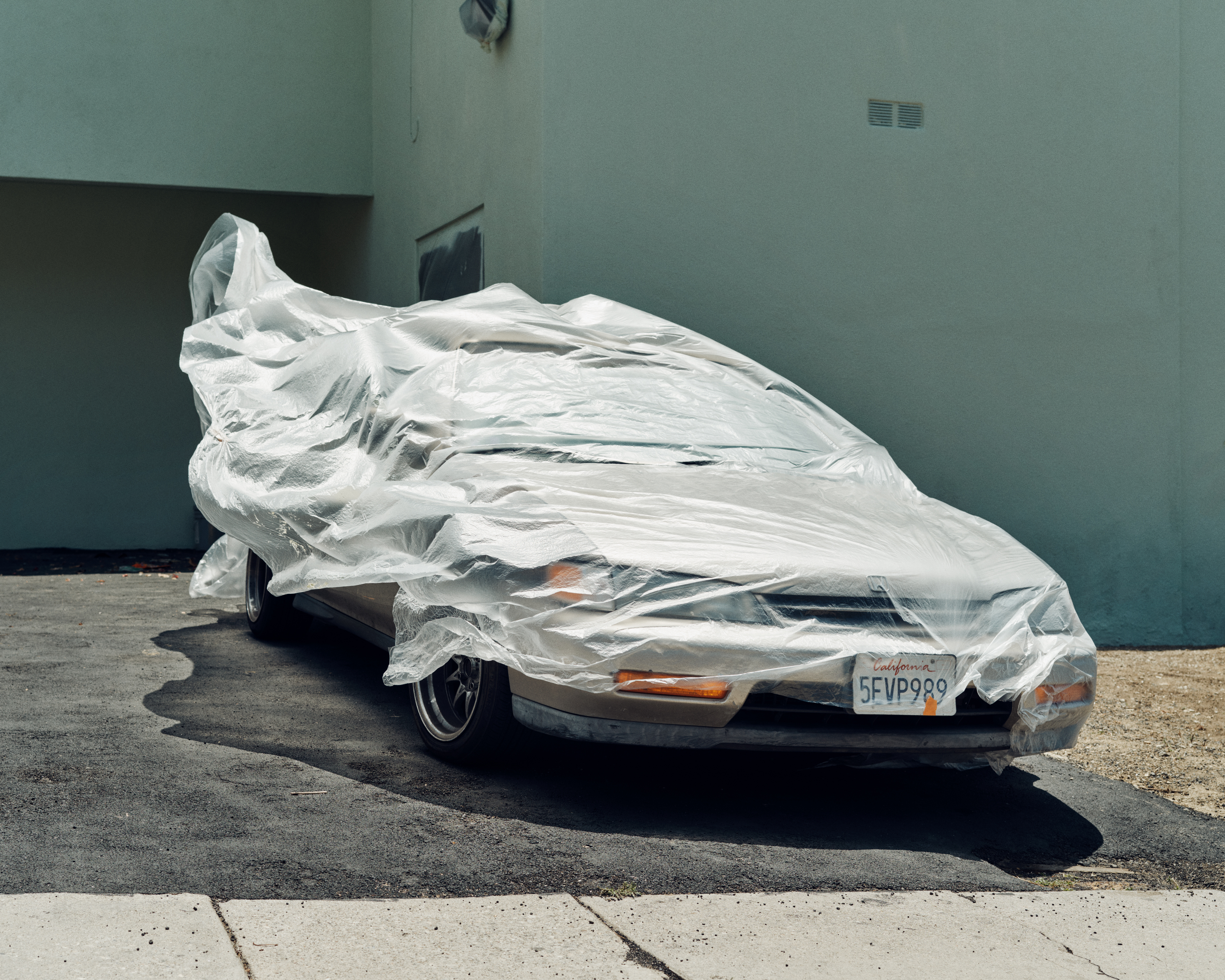
House Painter, Los Angeles CA, 2015
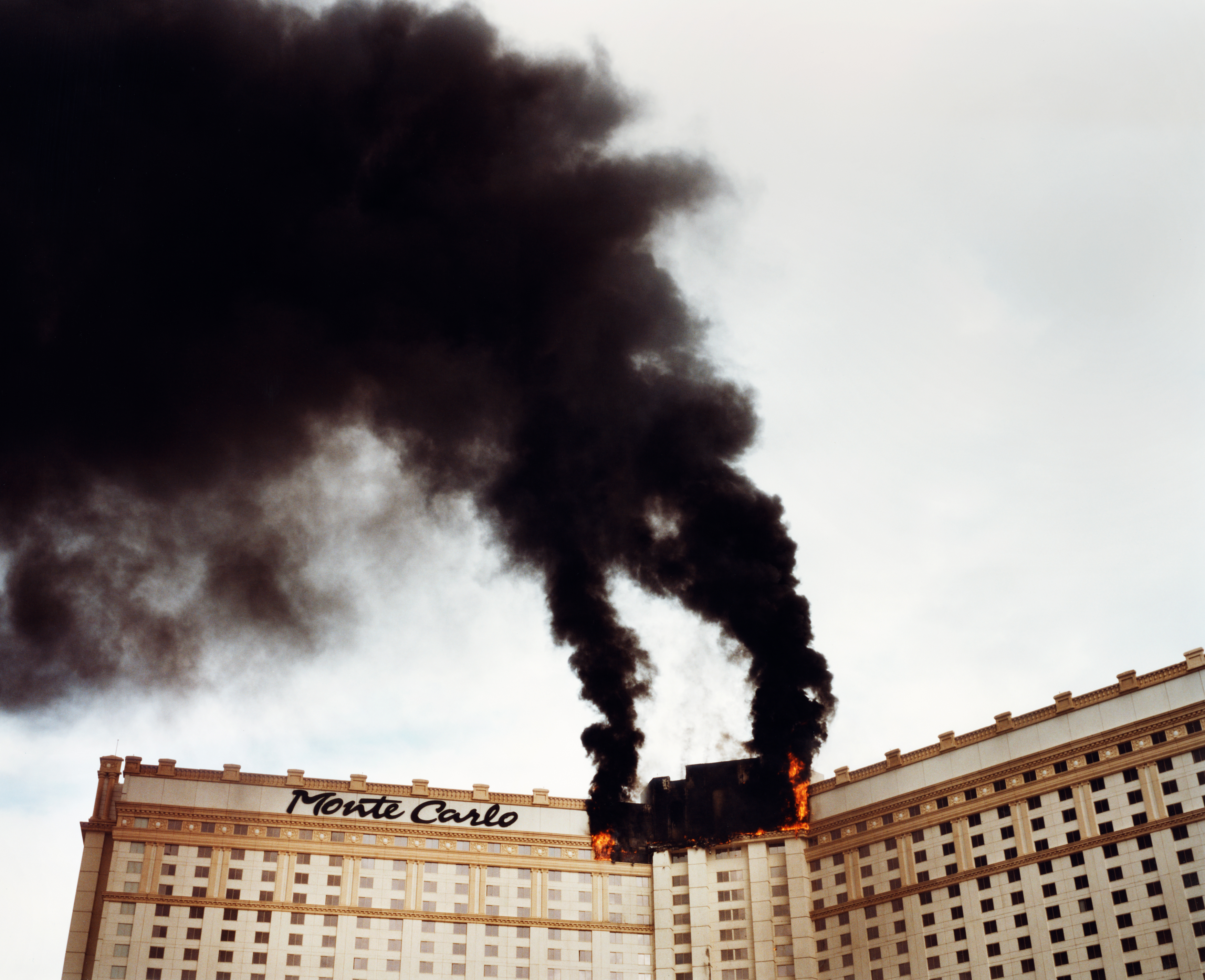
Casino Fire, Las Vegas NV, 2008
Restraint is what gives these images their charge. Prior resists the pull of drama, offering instead fragments, oblique details, quiet moments. It’s a sensibility closer to Paul Graham or Vanessa Winship, photographers who prefer atmosphere to grand gesture. Sequenced carefully with Loose Joints, the photographs bleed into one another, accumulating into what Prior describes as ‘a careful procession.’ The approach recalls Aby Warburg’s Mnemosyne Atlas, with its constellations designed to spark associations across time. Here, too, meaning arises not from individual images but from the mood they generate together.
The book ends, tellingly, not with spectacle but with a phrase. They is, they is, they is (2018) borrows its title from Tobias Wolff’s story ‘Bullet in the Brain’, printed at the book’s opening. ‘It’s an acknowledgment of the beauty that can be found in the wrongness of something,’ Prior says. ‘It was important for me that the book not end on a note of complete hopelessness.’ In Wolff’s story, a man at gunpoint recalls not the defining events of his life but a small, grammatically wrong phrase from childhood. Prior’s use of it is both tender and defiant: a reminder that even in fractured times, it is often the overlooked, imperfect details that resonate most deeply.
That, finally, is what Slip Me the Master Key offers: not a survey of disasters but a register of moods. A way of sensing how the present feels – uncanny, unstable, strangely beautiful. Prior’s ‘quiet alarms’ do not clamour for attention, but once heard, they are impossible to ignore.
Slip Me the Master Key is published by Loose Joints, £52, loosejoints.biz
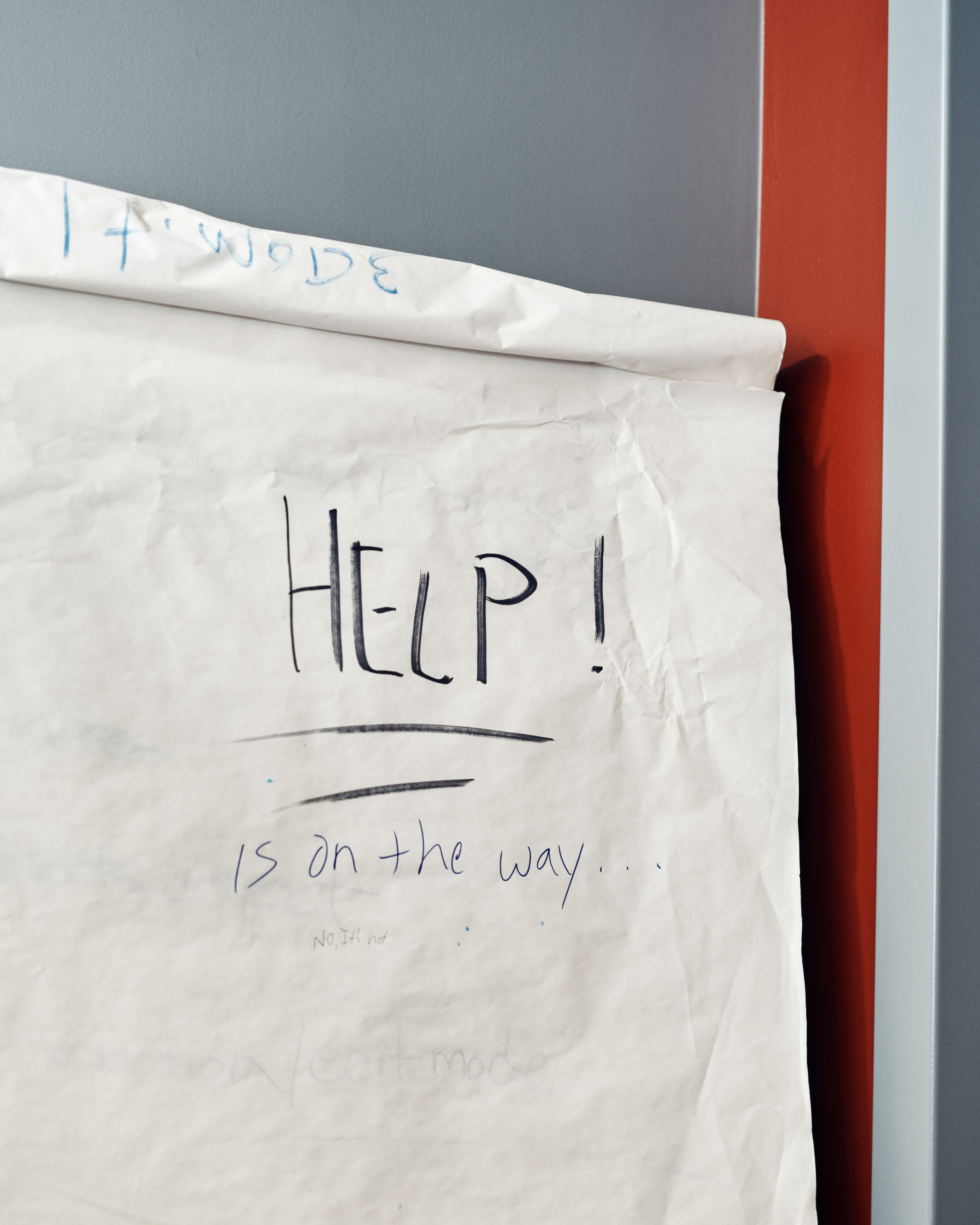
Punctus contra punctum, Washington DC, 2017
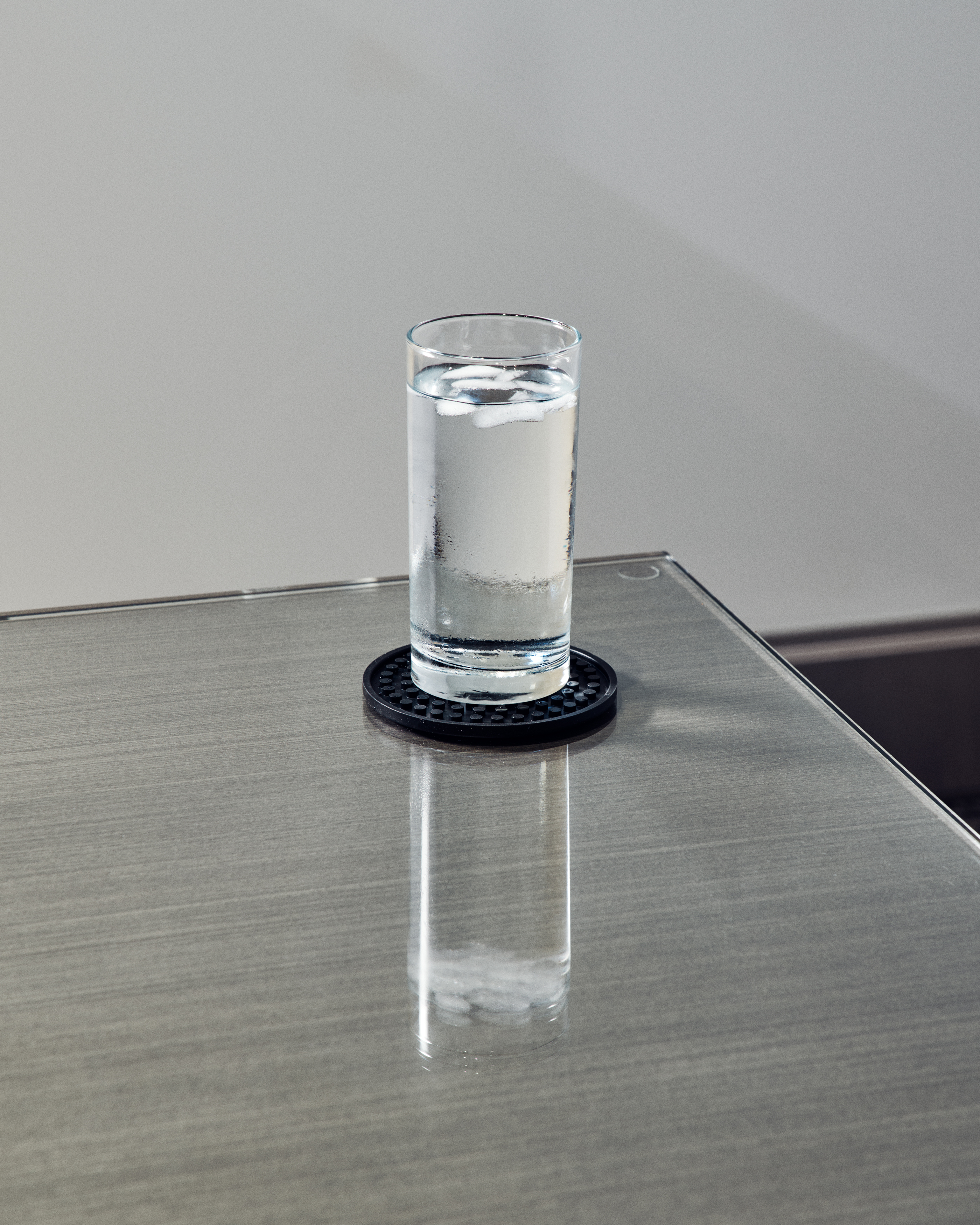
The Cleanest Water in NYC (Arcis Art Storage), New York City, 2019
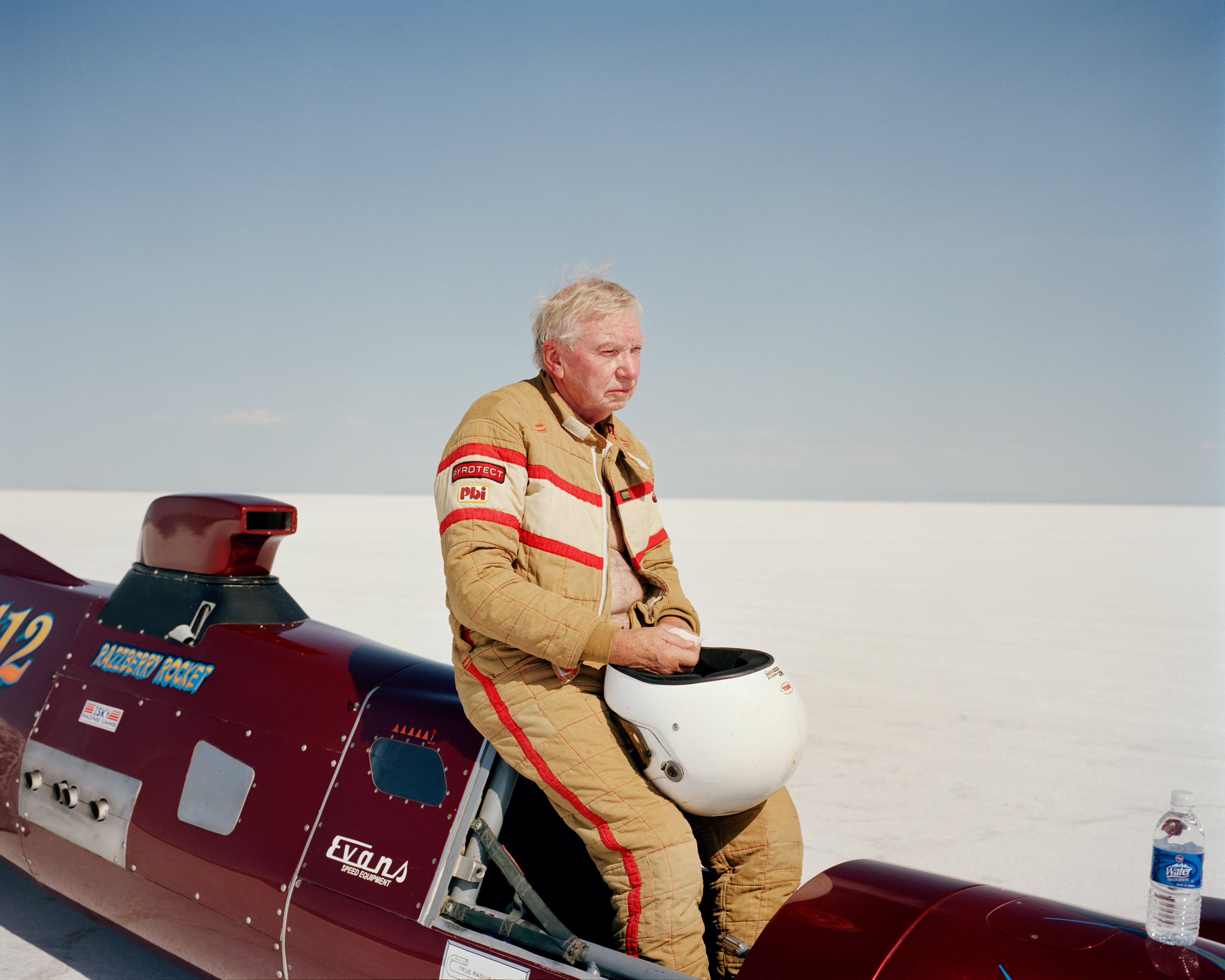
Mile 7, Bonneville Salt Flats UT, 2009
Finn Blythe is a London-based journalist and filmmaker
-
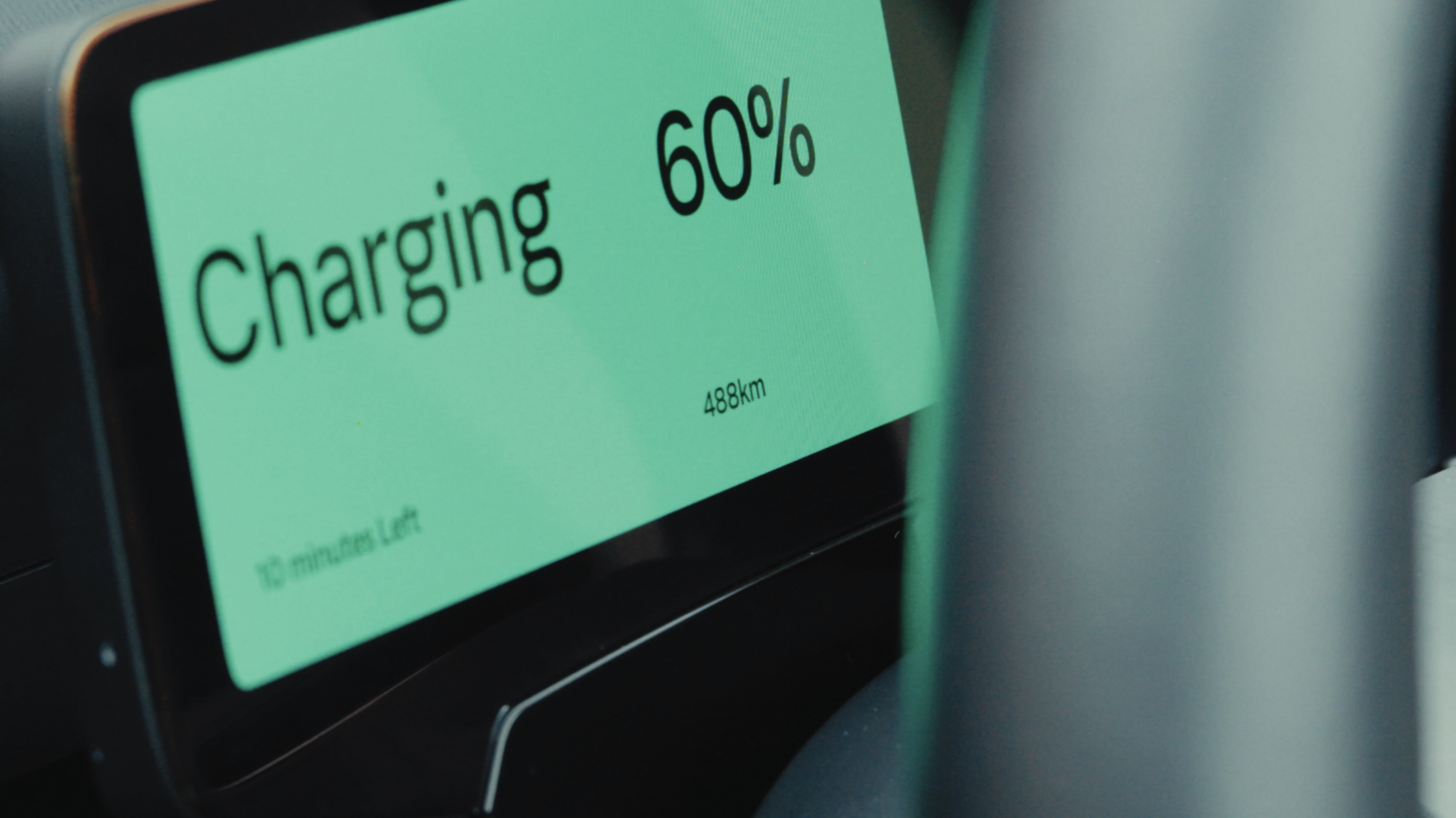 Volvo’s quest for safety has resulted in this new, ultra-legible in-car typeface, Volvo Centum
Volvo’s quest for safety has resulted in this new, ultra-legible in-car typeface, Volvo CentumDalton Maag designs a new sans serif typeface for the Swedish carmaker, Volvo Centum, building on the brand’s strong safety ethos
-
 We asked six creative leaders to tell us their design predictions for the year ahead
We asked six creative leaders to tell us their design predictions for the year aheadWhat will be the trends shaping the design world in 2026? Six creative leaders share their creative predictions for next year, alongside some wise advice: be present, connect, embrace AI
-
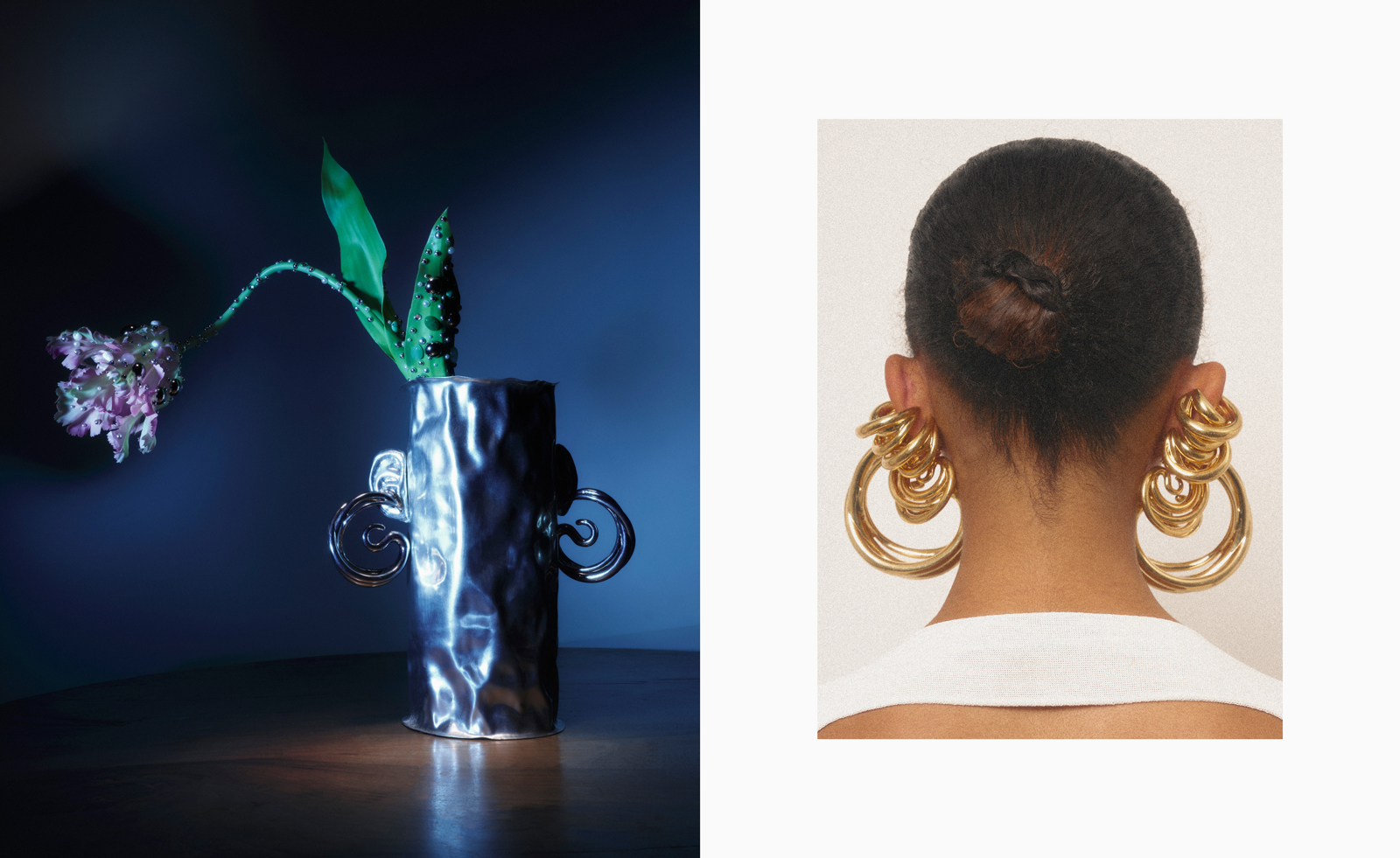 10 watch and jewellery moments that dazzled us in 2025
10 watch and jewellery moments that dazzled us in 2025From unexpected watch collaborations to eclectic materials and offbeat designs, here are the watch and jewellery moments we enjoyed this year
-
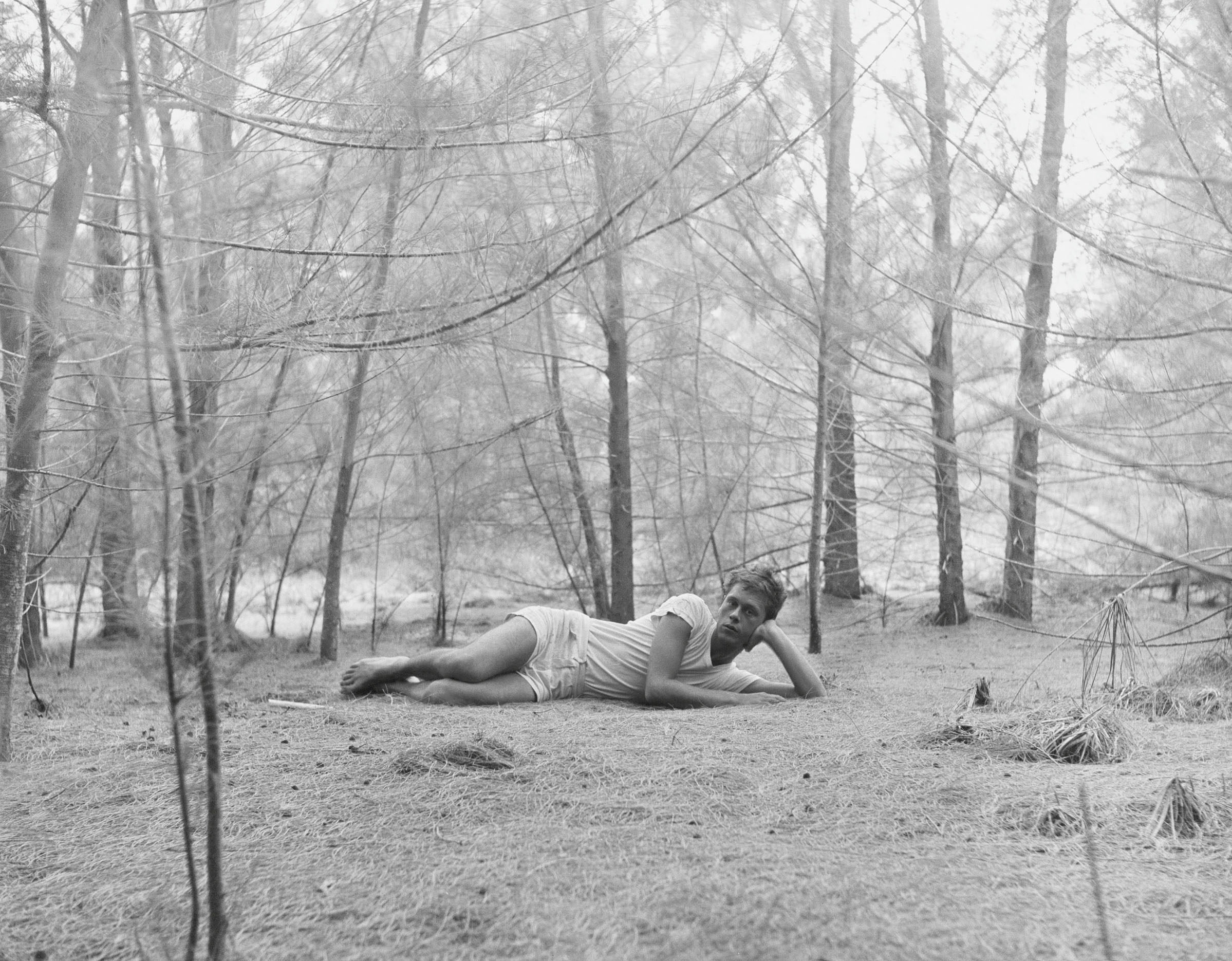 Inside the seductive and mischievous relationship between Paul Thek and Peter Hujar
Inside the seductive and mischievous relationship between Paul Thek and Peter HujarUntil now, little has been known about the deep friendship between artist Thek and photographer Hujar, something set to change with the release of their previously unpublished letters and photographs
-
 Nadia Lee Cohen distils a distant American memory into an unflinching new photo book
Nadia Lee Cohen distils a distant American memory into an unflinching new photo book‘Holy Ohio’ documents the British photographer and filmmaker’s personal journey as she reconnects with distant family and her earliest American memories
-
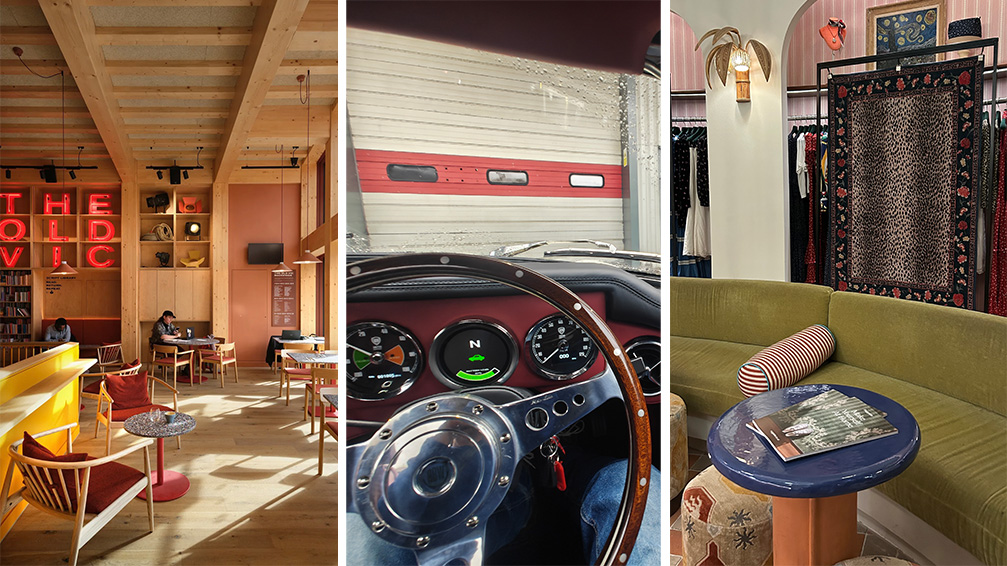 Out of office: The Wallpaper* editors’ picks of the week
Out of office: The Wallpaper* editors’ picks of the weekThe rain is falling, the nights are closing in, and it’s still a bit too early to get excited for Christmas, but this week, the Wallpaper* team brought warmth to the gloom with cosy interiors, good books, and a Hebridean dram
-
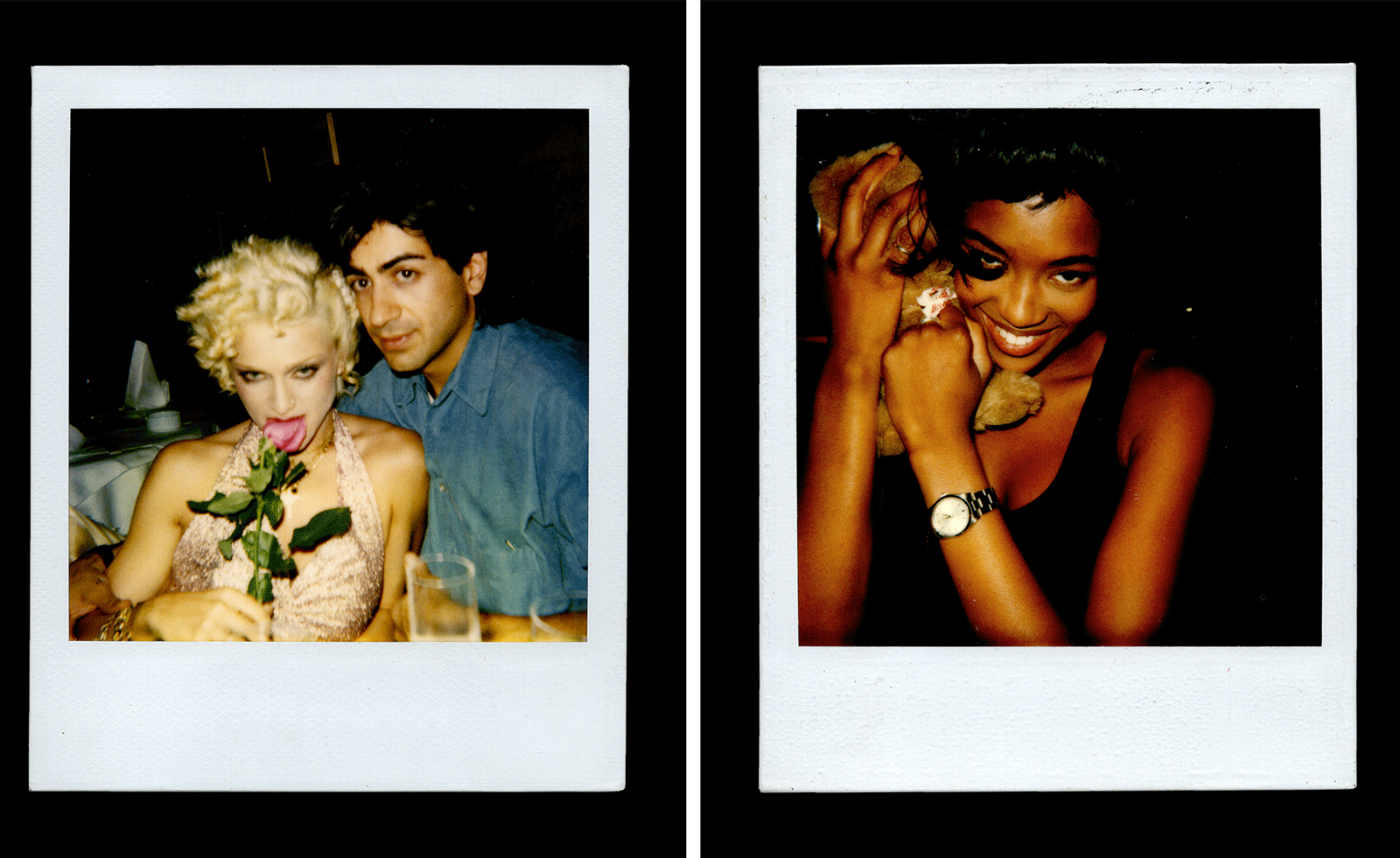 Inside Davé, Polaroids from a little-known Paris hotspot where the A-list played
Inside Davé, Polaroids from a little-known Paris hotspot where the A-list playedChinese restaurant Davé drew in A-list celebrities for three decades. What happened behind closed doors? A new book of Polaroids looks back
-
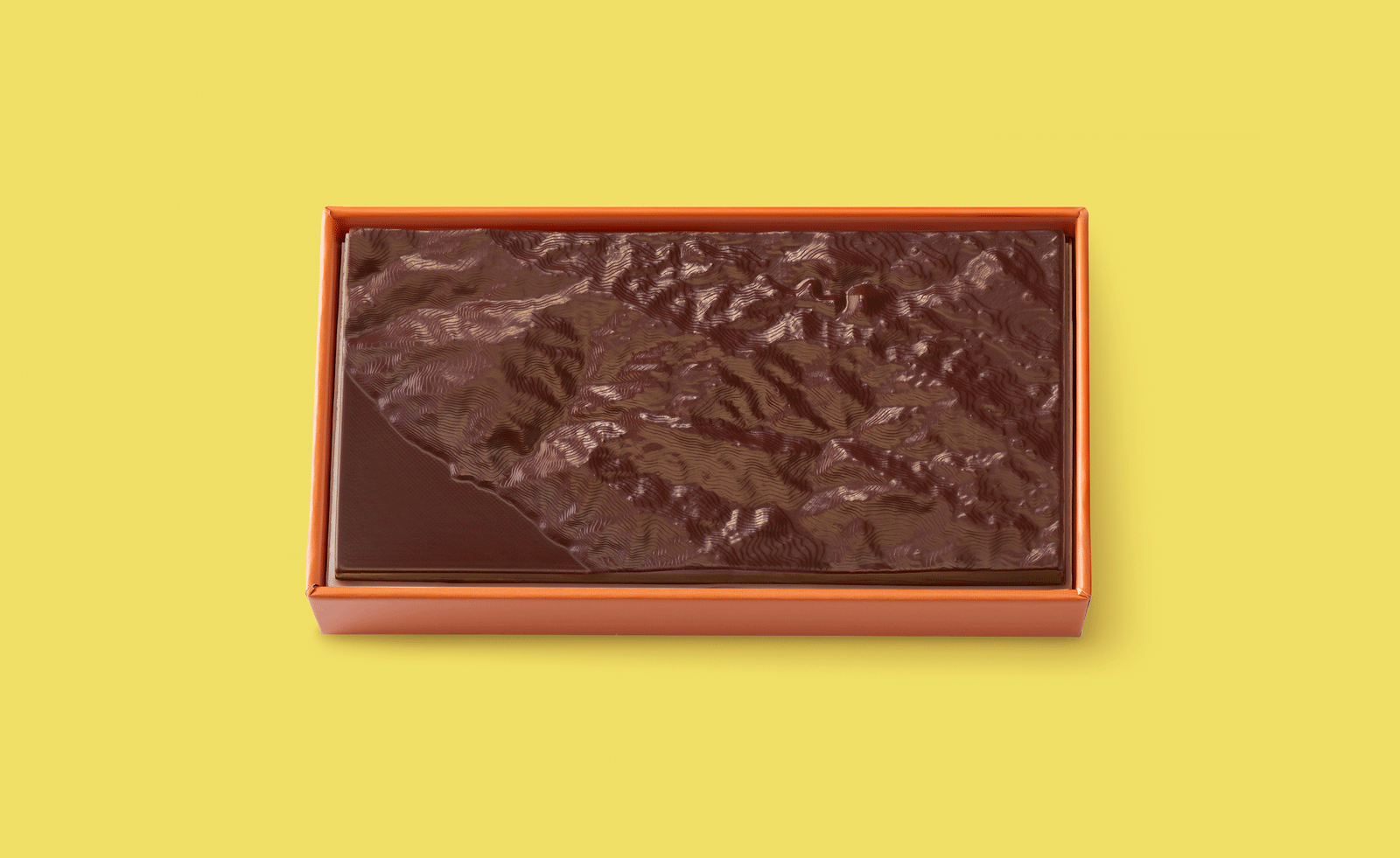 Ed Ruscha’s foray into chocolate is sweet, smart and very American
Ed Ruscha’s foray into chocolate is sweet, smart and very AmericanArt and chocolate combine deliciously in ‘Made in California’, a project from the artist with andSons Chocolatiers
-
 Inside the process of creating the one-of-a-kind book edition gifted to the Booker Prize shortlisted authors
Inside the process of creating the one-of-a-kind book edition gifted to the Booker Prize shortlisted authorsFor over 30 years each work on the Booker Prize shortlist are assigned an artisan bookbinder to produce a one-off edition for the author. We meet one of the artists behind this year’s creations
-
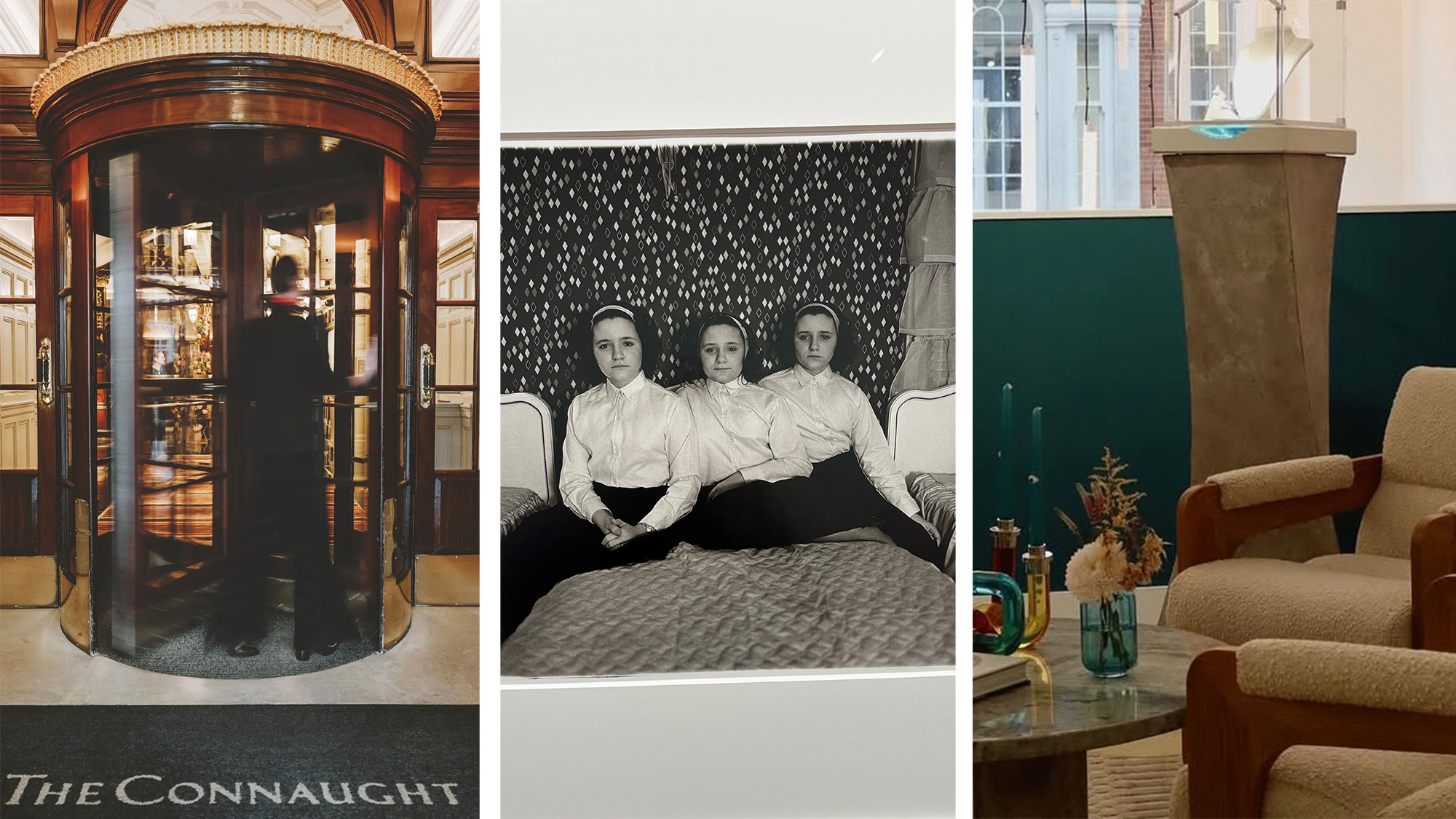 Out of office: The Wallpaper* editors’ picks of the week
Out of office: The Wallpaper* editors’ picks of the weekThis week, the Wallpaper* editors curated a diverse mix of experiences, from meeting diamond entrepreneurs and exploring perfume exhibitions to indulging in the the spectacle of a Middle Eastern Christmas
-
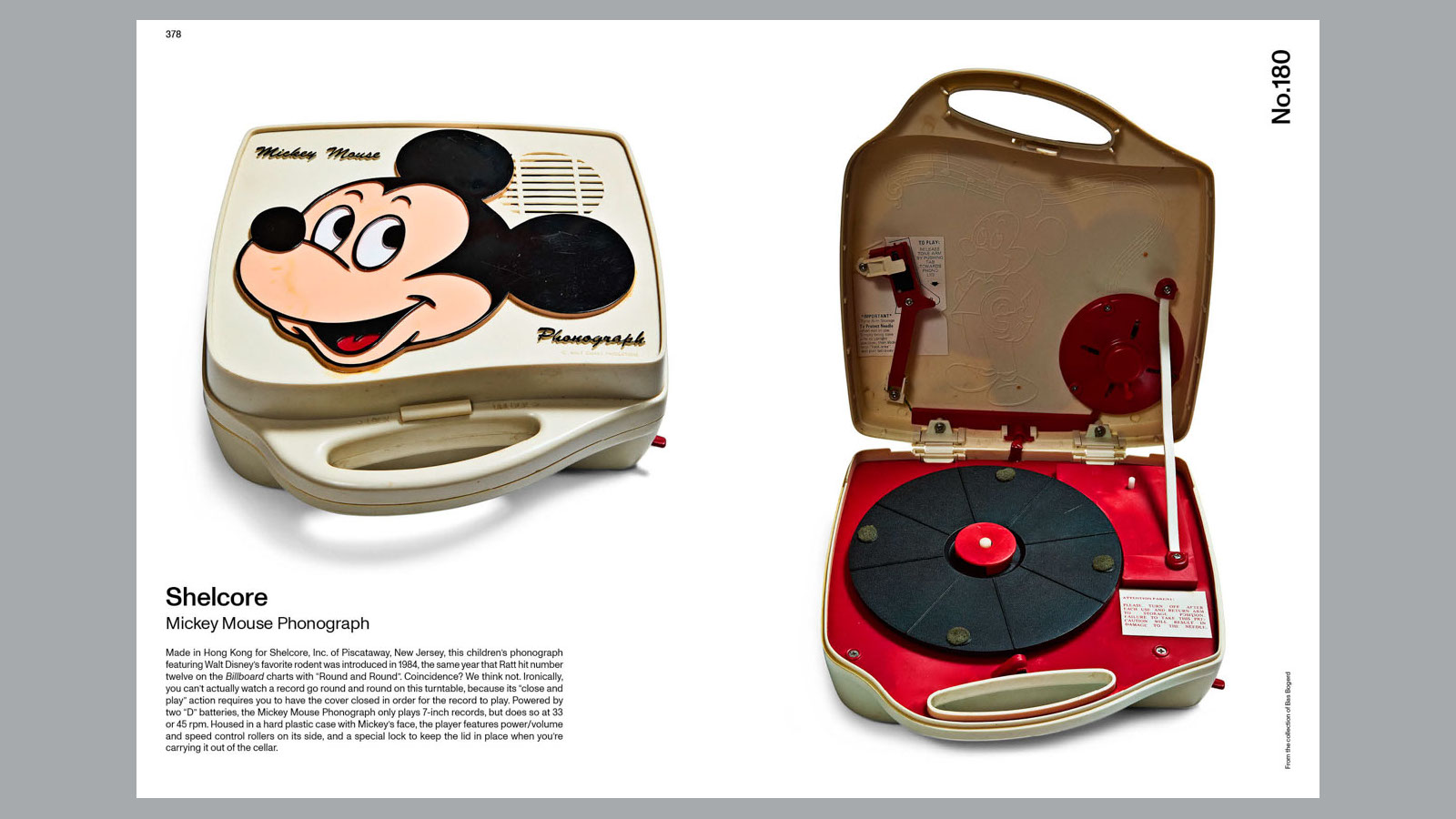 14 of the best new books for music buffs
14 of the best new books for music buffsFrom music-making tech to NME cover stars, portable turntables and the story behind industry legends – new books about the culture and craft of recorded sound
